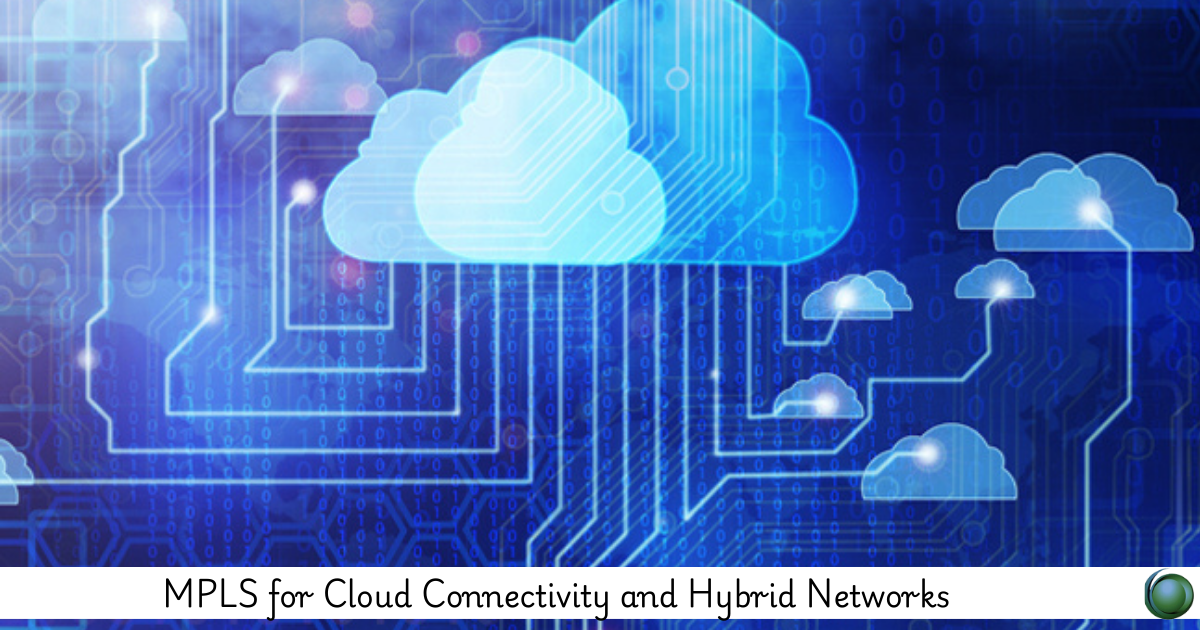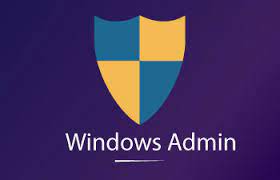Description
Introduction MLPS for Cloud Connectivity
As cloud adoption accelerates across organizations, ensuring seamless and secure connectivity between on-premise infrastructure and cloud environments is a priority. MPLS (Multiprotocol Label Switching) offers a reliable, scalable solution for achieving optimal cloud connectivity and integrating hybrid networks. This course will explore how this including private and public cloud environments, and hybrid networking scenarios that combine cloud resources with traditional on-premises infrastructure. By the end of the course, participants will understand how to configure and manage MPLS to support cloud services and hybrid IT models effectively.
Prerequisites
- Basic knowledge of MPLS technology and architecture.
- Understanding of networking protocols and concepts such as BGP, IP, and routing.
- Familiarity with cloud computing concepts (public, private, hybrid clouds).
- Prior experience with cloud networking or enterprise network design is beneficial.
Table of Contents
1. Introduction to MPLS and Cloud Connectivity
1.1 What is MPLS?
1.2 Why Use MPLS for Cloud Connectivity?
1.3 Overview of Cloud Architectures and MPLS Integration
1.4 Benefits of MPLS in Hybrid Networks
2. MPLS in Hybrid Networks: Connecting On-Premise with Cloud
2.1 Hybrid Network Design and MPLS Integration(Ref: MPLS-TP (Transport Profile): Enhancing Network Reliability)
2.2 MPLS VPNs for Hybrid Cloud Environments
2.3 Traffic Routing Between On-Premise and Cloud Resources
3. Leveraging MPLS for Private Cloud Connectivity
3.1 MPLS for Secure Private Cloud Networks
3.2 Establishing MPLS VPN Connections to Private Cloud Providers
3.3 Traffic Engineering for Private Cloud Connectivity
3.4 Troubleshooting this for Connections
4. Connecting to Public Cloud Services with MPLS
4.1 MPLS Integration with Public Cloud Providers (AWS, Azure, Google Cloud)
4.2 Benefits of Direct Connect/ExpressRoute for Cloud Services
4.3 Using MPLS for Consistent Bandwidth and Latency to Public Clouds
4.4 Configuring Dedicated MPLS Connections to Cloud Platforms
5. MPLS Traffic Engineering for Cloud Networks
5.1 Optimizing MPLS for Cloud Data Traffic
5.2 Implementing QoS for Cloud Applications over MPLS
5.3 Traffic Path Selection and Load Balancing for Cloud Connectivity
5.4 Ensuring High Availability and Redundancy in Cloud Networks
6. Hybrid IT Models: Integrating Cloud with On-Premise Infrastructure
6.1 Benefits and Challenges of Hybrid IT Environments
6.2 MPLS for Seamless Integration between On-Premise and Cloud Systems
6.3 Managing Traffic Between Legacy Systems and Cloud Resources
6.4 Use Cases for MPLS in Hybrid IT Models
7. Advanced MPLS Features for Cloud Connectivity
7.1 MPLS-TP (Transport Profile) for Cloud Applications
7.2 Layer 2 and Layer 3 VPNs for Cloud Networking
7.3 Using MPLS for Multi-Cloud Connectivity
7.4 Service Chaining and Traffic Prioritization in Cloud Environments
8. Security Considerations
8.1 MPLS Security Challenges in Cloud Environments
8.2 Implementing Encryption for MPLS Traffic to the Cloud
8.3 Securing Data Traffic in Hybrid Cloud Networks
8.4 Best Practices for MPLS Security in Cloud Integrations
9. Troubleshooting
9.1 Diagnosing Connectivity Issues Between On-Premise and Cloud
9.2 Troubleshooting MPLS Labeling and Traffic Routing for Cloud Traffic
9.3 Common MPLS Performance Bottlenecks in Cloud Environments
9.4 Utilizing Network Monitoring Tools for Cloud and MPLS Troubleshooting
10. Future of MPLS and Cloud Networking
10.1 Trends in Cloud Networking and the Role of MPLS
10.2 MPLS vs SD-WAN for Cloud Connectivity: A Comparative Overview
10.3 Emerging Technologies and Their Impact on MPLS for Cloud Networks
10.4 Preparing for the Future: The Evolution of Cloud-Enabled MPLS Networks
MPLS provides an efficient and scalable solution for businesses looking to optimize cloud connectivity and integrate hybrid networks. By leveraging MPLS for secure, high-performance cloud connections, organizations can ensure better traffic management, reduce latency, and maintain high availability between on-premise infrastructure and cloud environments. As cloud technologies continue to evolve, understanding MPLS’s role in cloud and hybrid network architectures will be key to staying ahead of the competition. This course provides the skills and knowledge needed to design, implement, and troubleshoot this solutions, enabling organizations to achieve seamless and efficient hybrid network infrastructures.







Reviews
There are no reviews yet.